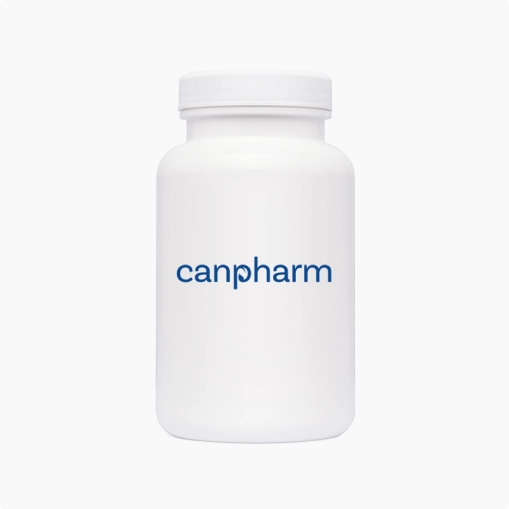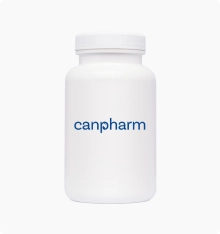
Ozempic (Semaglutide)
| Dose | Size & Price | Qty |
|---|
-
Description
-
Reviews (0)
-
Related Products
-
Related Conditions
Fact Table
| Fact Table | |
|---|---|
| Formula | C187H291N45O59 |
| License | EU EMA, US FDA |
| Bioavailability | 89% |
| Legal status | Rx-Only |
| Chemical Name | Semaglutide |
| Elimination half-life | 7 days |
| Dosage (Strength) | 2mg (0.25/0.5mg per dose), 4mg (1 mg per dose) (Pen Injector) |
| Pregnancy | Should not be used |
| Brands | Ozempic |
| Protein binding | More than 99% |
| PubChem CID | 56843331 |
| MedlinePlus | a618008 |
| ChEBI | 167574 |
| ATC code | A10BJ06 |
| DrugBank | DB13928 |
| KEGG | D10025 |
| Routes of administration | Subcutaneous |
Ozempic is a Type 2 diabetes treatment medication available by prescription with Semaglutide as a GLP-1 agonist (GLP-1ra incretin memetic) that binds to GLP-1 receptors and stimulates pancreas insulin release, blood sugar being absorbed out of the bloodstream into cells, and reduced sugar production from the liver. It is delivered as a subcutaneous injection once a week. Ozempic will slow food, leaving the stomach with delayed gastric emptying, resulting in longer-lasting feelings to restrain appetite. Buy Ozempic from Canada and Canpharm and get the best price on it.
Directions
Ozempic medication is administered as a subcutaneous (under-skin) injection 1x per week.
Injections may be made into the skin of your abdomen, thigh, or upper arm. For an abdomen injection, the site must be outside a 2" radius of your navel.
To prevent lipodystrophy, do not use the exact location for repeated injections. Inject in a new one of the three potential locations each time, and it is best to alternate between them.
Administration:
Prepare your pen by ensuring that the Ozempic medication is clear and colorless.
When attaching a new needle, precision is essential. Start by tearing off the paper tab. Then, push and turn the needle until it is tight. Finally, pull off both needle caps. This ensures a secure attachment.
Confirm Ozempic pen flow by turning the dose selector until the dose counter displays the flow check symbol. Press the dose button until the dose counter shows 0 (zero). A drop should appear at the needle tip, and you need to see this drop before proceeding with your Ozempic injection.
Proceed to turn the dose selector until the dose counter shows the required dose needed (0.25 mg or 0.5 mg for the red-label pen, 1 mg for the blue-label pen, and as shown in your prescription).
Insert the needle into your skin and press the dose button. After the dose counter reaches 0, counting to 6 before removing the needle from your skin will ensure your entire Ozempic dose has been injected.
Ingredients
The active ingredient in Ozempic is Semaglutide.
Cautions
Stay within the dosage regulation of no more than ONE Ozempic injection per week, per the guidelines established by the pharmaceutical manufacturer. Ozempic is not to be taken for weight loss, and for any weight loss aims, you should be part of your discussions with your doctor before you receive a prescription and switch to Ozempic.
Let your doctor know of any history of liver or kidney disease, gallbladder disease, medullary thyroid carcinoma, multiple endocrine neoplasia syndrome type 2, pancreatitis, or severe depression, including suicidal or self-harm thoughts, before starting on Ozempic.
If you plan to become pregnant, you should stop using Ozempic for two months before your approximate planned conception date.
Store unused Ozempic medication in the refrigerator at 36°F to 46°F (2°C to 8°C). Once a pen is in use, you can store it at room temperature 59°F to 86°F (15°C to 30°C) or in the refrigerator. Pens are not to be frozen.
Dispose of any Ozempic pen after 56 days, even if some medication remains.
Interactions
Negative drug interactions may occur between Ozempic and other Rx or OTC medications, including amlodipine, aspirin, atorvastatin, bupropion, duloxetine, furosemide, gabapentin, hydrochlorothiazide, empagliflozin, levothyroxine, lisinopril, losartan, metformin, metoprolol, omeprazole, pantoprazole, rosuvastatin, and trazodone. Let your doctor know of all your medications before getting a prescription and buying Ozempic online.
Side Effects
Side effects from the Ozempic pen may occur, and some users may experience nausea, vomiting, diarrhea, abdominal pain, constipation, heartburn, or burping. If you experience Ozempic side effects, you may want to stop using it and meet with a doctor again to discuss diabetes pen options for Type 2 diabetes treatment.
Frequently Asked Questions about Ozempic (Semaglutide)
What is Ozempic?
Ozempic is a once-weekly injection used along with diet and exercise to improve blood sugar in adults with type 2 diabetes.
How does Ozempic work?
Ozempic lowers fasting and postprandial blood glucose by stimulating insulin secretion in a glucose-dependent manner. It also causes a minor delay in gastric emptying, thereby reducing the rate at which glucose appears in circulation postprandially.
Is Ozempic used for weight loss?
While Ozempic is not indicated for weight loss, some patients may experience weight loss while using it.
Can I share my Ozempic pen with others?
No, you should not share your Ozempic pen with others.
What are the side effects of Ozempic?
The most common side effects are nausea, vomiting, diarrhea, abdominal pain, and constipation.
How do I take Ozempic?
Ozempic should be administered once weekly on the same day each week, at any time of the day, with or without meals.
How much does Ozempic cost?
The cost of Ozempic can vary. It’s best to check with your healthcare provider or pharmacy.
Is Ozempic the only product made by Novo Nordisk that contains semaglutide?
No, Ozempic is not the only product made by Novo Nordisk that contains semaglutide.
Are there reports of counterfeit or fake Ozempic?
There have been some reports of counterfeit or fake Ozempic.
What is the most important safety information I should know about Ozempic?
Ozempic may cause possible thyroid tumors, including cancer. It’s important to tell your healthcare provider if you get a lump or swelling in your neck, hoarseness, trouble swallowing, or shortness of breath.

